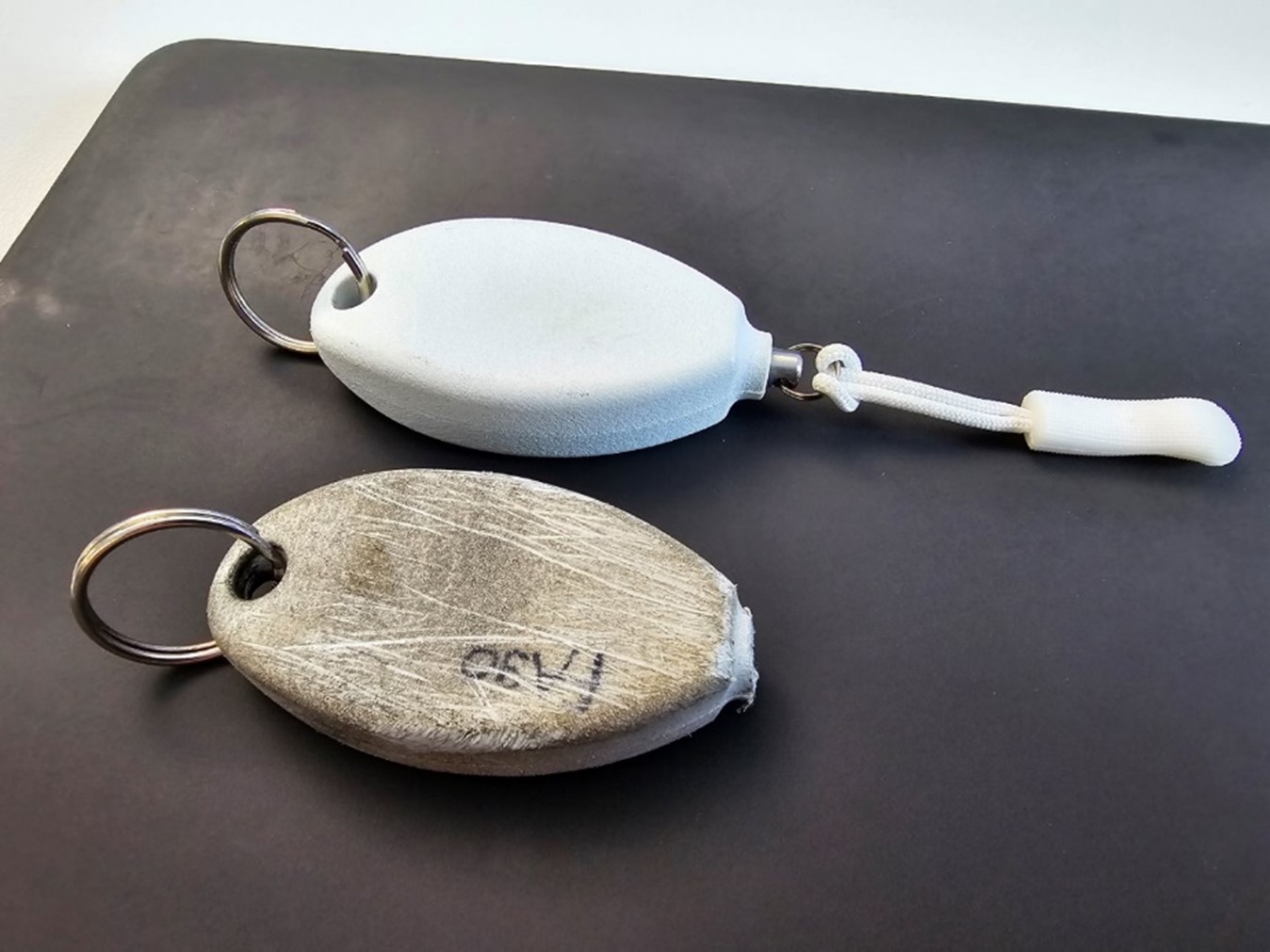

PoC Indoorortung
Workforce
The Hydro Energy Division is successfully testing a new indoor tracking technology
Employee safety is the top priority for the Hydro Energy Division. To enable quicker responses in emergencies, the team at Axpo Hydro Digital, in collaboration with the employees in the power plants, has successfully tested an innovative technology in the challenging conditions of everyday operations.
In the event of an accident, the currently used digital dead man's switch (Uepaa emergency app on a smartphone) automatically triggers an alarm and notifies rescue services. Outdoors, GPS tracking allows for precise location determination of the affected person, enabling quick assistance from nearby colleagues. However, indoors, the accuracy of these location signals is often insufficient. So how can the exact location be determined indoors to ensure the fastest possible help?
In collaboration with Uepaa and hard&softWERK, the team from Axpo Hydro Digital has successfully completed initial tests of an innovative system. How does the system work? Bluetooth transmitters are installed indoors (Figure 1), and employees carry a small key fob (Figure 2). The key fob and Bluetooth transmitters communicate with each other, with the key fob storing the location of the last received transmitter. In the event of an accident, the Uepaa emergency app detects the incident, communicates with the key fob, and retrieves the location information from the last received transmitter. The Uepaa app sends an emergency call to the alarm center, transmitting the location of the Bluetooth transmitter. This gives rescue teams and colleagues detailed information about the injured person's location, ensuring the fastest possible assistance.
Besides providing the quickest possible assistance indoors, the solution offers additional benefits. By using Bluetooth transmitters, the Uepaa app avoids constantly determining the location via GPS indoors, significantly extending the smartphone's battery life. With the use of the key fob, the number of required Bluetooth transmitters was reduced to one-fifth. The key fob has now successfully passed the practical test and, according to our test participants, can be easily integrated into daily work in the power plants.
The solution is now being fully developed for series production, so that large hydropower plants, including tunnels and inspection walkways in dam walls, can be operated even more safely. The design of the key fob is also being further optimized to meet the demands of the harsh conditions in power plant operations.




.jpg)





